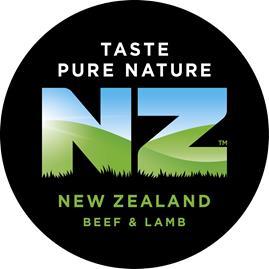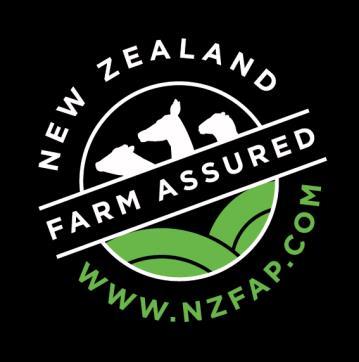7. Farm to Processor 7.1 Pre-transport It is important that livestock are held to empty out before being transported. This will help minimise any potential risk of contamination, animal welfare issues and excessive build-up of effluent on trucks.
Requirements 7.1.1
For pre-transport selection and management, the person in charge of the animals shall examine the selected livestock prior to transport to ensure that all animals are fit and healthy for transportation.
7.1.2
Animals shall be able to stand and be able to bear weight evenly on all four limbs and be fit enough to withstand the journey without suffering unreasonable or unnecessary pain or distress. Such animals are not acceptable for transport unless accompanied by a Fitness of Livestock for Transport Veterinary Declaration and the conditions of that declaration shall be met.
7.1.3
Proper care shall be taken when deciding whether it is appropriate to transport young, old, pregnant or otherwise physiologically or behaviourally compromised animals.
7.1.4
Cattle shall not be less than body condition score 3.0 (on the dairy cattle 1-10 scale) or 1.5 (on the beef scale) to be acceptable for transport direct to processing. Cattle scoring less than these scores are subject to travel restrictions and must have a Fitness of Livestock for Transport Veterinary Declaration.
7.1.5
Animals shall not be transported if they are likely to give birth during the journey or within 24 hours of arrival at slaughter premises or sale yards or if they are likely to be affected by metabolic complications of late pregnancy as a result of the journey.
7.1.6
Animals shall be at least 14 days old except for bobby calves which must be at least four days old.
7.1.7
Cattle with horns of a length that may cause injury or be damaged (spanning greater than 550mm) shall not be transported.
7.1.8
Animals shall not be transported with an ingrown horn, injured horn/antler, an injured or diseased udder, advanced eye cancer within 21 days of being disbudded, dehorned or within seven days of being castrated or tail docked.
7.1.9
Deer with hard antler growth greater than 110mm measured from the centre of the skull between the pedicles must not be presented for transport to slaughter.
7.1.10 Pregnant hinds must not be transported after 1 October. 7.1.11 All livestock shall have access to clean drinking water for a minimum of four hours prior to loading.
Recommendations •
Livestock for sale should be drafted and prepared at least the day before transport
•
Scales should be used as an aid for drafting livestock
•
All holding yards and pens should have a base of shingle or other material that avoids excessive dust, mud or contamination of livestock
•
All livestock should be held off pasture, with water and an appropriate alternative feed source provided for a minimum of four hours (but no more than 12 hours) prior to loading.
New Zealand Farm Assurance Programme Standard Version 3 | 27



